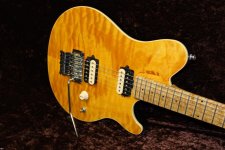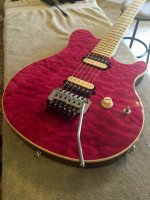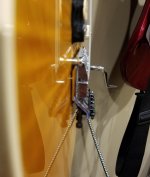Hello
Just a quick question about the Axis models I have. Do any of yours need to be shimmed because of high action.? Mine did and I was wondering if this is common on these guitars.
I'm a long time player and new to the Axis and WOW where have I been, outstanding guitars !
Just a quick question about the Axis models I have. Do any of yours need to be shimmed because of high action.? Mine did and I was wondering if this is common on these guitars.
I'm a long time player and new to the Axis and WOW where have I been, outstanding guitars !








